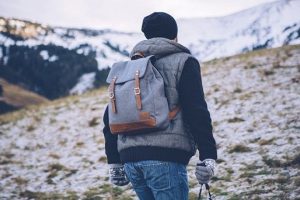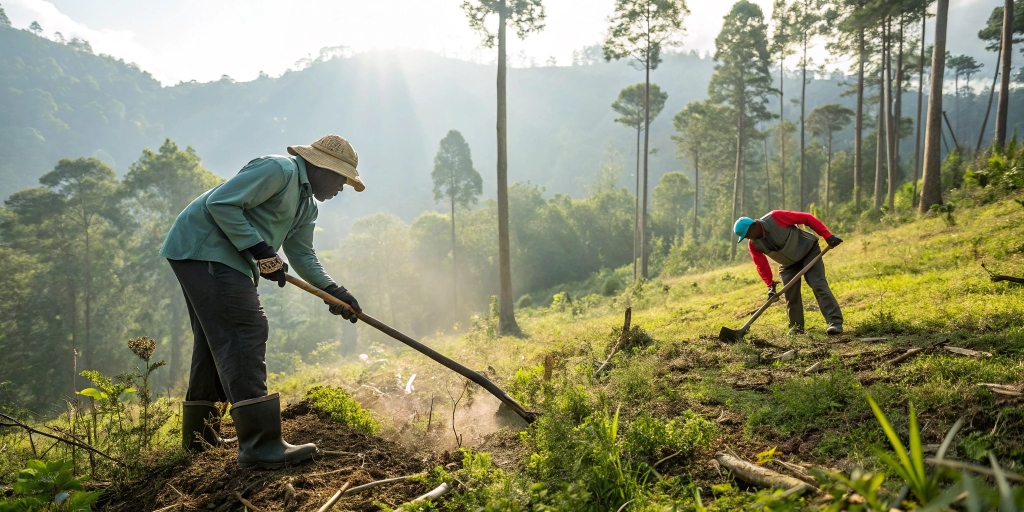Canada’s geographic diversity and changing climate mean that many of the best hiking trails remain open all year round, meaning that your adventures do not have to end in the winter months. Here’s how to stay dry and safe during a winter hiking day.

Search online before you go
Park boards close trails only if they become dangerous or if ecosystems are vulnerable to hikers. This last reason is the most common and occurs mostly in winter. Visit the websites in your area that are the inventory of trails open year round and try online forums like Live Trails which allows hikers to leave notes to other hikers in real time – as Warnings about slippery slopes or degraded terrain.
Stay at home during storms and heavy snowfalls
Pay attention to the weather in the days before your hike, as well as the morning of departure. If a storm rumbles or if the forecast predicts heavy snowfall, leave your exploration for another day.
Purchase appropriate shoes
Comfortable, durable and waterproof hiking boots that offer ankle support should – depending on the brand – allow you to walk through mud, snow and irregular soils. If you plan to cross rivers or benches of snow, choose boots with thick insulation that cover your calves, ideally with a drawstring under the knee, to prevent the snow from entering the inside. Removable ice picks are ideal for ice tracks and hiking poles ensure stability even on the rockiest terrain.
Do not go it alone
Safety is paramount, so be sure to ask a friend, a family member, or a colleague to join you for your outdoor expedition.
Wear several layers of clothing
Weather conditions can change frequently and dramatically – especially in coastal areas – which means the weather could be sunny and dry when you leave the house and snow when you get to the trail. Plan accordingly by dressing yourself with removable layers; Begin with a base coat (anything but cotton will do), followed by a fleece, which is easy to remove and store, and finish with a waterproof jacket, gloves and a toque that covers your ears. An extra pair of stockings is convenient if your feet become wet (and may even serve as mittens lining in an emergency).
Call to a friend
Tell someone you trust exactly where your walk begins and ends, and when you intend to return – either by telling them directly or by completing an online safety plan , which automatically notifies your contact Email if you are not back at the scheduled time.
Prepare an emergency kit
Each hiker in the group must bring an emergency kit that includes the following items:
- Map and Compass – these instruments will help you find your way back long after cell phones no longer receive networks and GPS batteries run out.
- Headlamp or flashlight.
- Pocket knife.
- Flare and whistle.
- Two liters of water.
- Lighters and matches.
- High-calorie dense foods such as protein bars and hiker blends – always bring more food than you need for a day of hiking, just in case the weather keeps you outdoors for longer than planned.
- First Aid Kit for Wilderness – These kits can be found at most outdoor stores. Mountain Equipment Co-op few that varies in weight and supplies. Make sure your kit includes essential items, including the emergency blanket, sunscreen and standard medical equipment items such as bandages and splints.
Stay Hydrated
Hikers are often less thirsty when outdoors in cold weather. However, it is important to drink at least one liter of water throughout the day, as your body will probably sweat under all these layers of clothing. Tip: Add electrolytes for a mini boost and carry your bottle inside your jacket. Both of these methods prevent your water from freezing.
Pay attention to hypothermia
Hot clothing does not necessarily prevent hypothermia. Without space to evaporate, sweat can collect and freeze on your skin, putting you at risk for hypothermia, especially when you take a break. The solution? Add and remove layers of clothing as you go, adjusting your clothes to the temperature of your body.
Do not leave traces
Give priority to the health and safety of the environment as much as yours while leaving no trace when you move along the trails. Dispose of your waste in designated areas, use biodegradable soap, stroll on durable surfaces to prevent erosion, and avoid behaviors that interfere with the natural ecosystem such as picking up rocks and feeding wildlife. To learn about other ways to reduce your impact, familiar with the Seven Principles to not leave traces (in English) of the outdoor Ethics Centre.
Winter hiking is a great form of exercise and can help combat depression in cold weather. If you’re ready to face the outdoors this winter, make sure you pack the right supplies, dress accordingly and research your itinerary in advance to make sure your ride is as fun as it is safe. For more visit http://generationguy.com/




